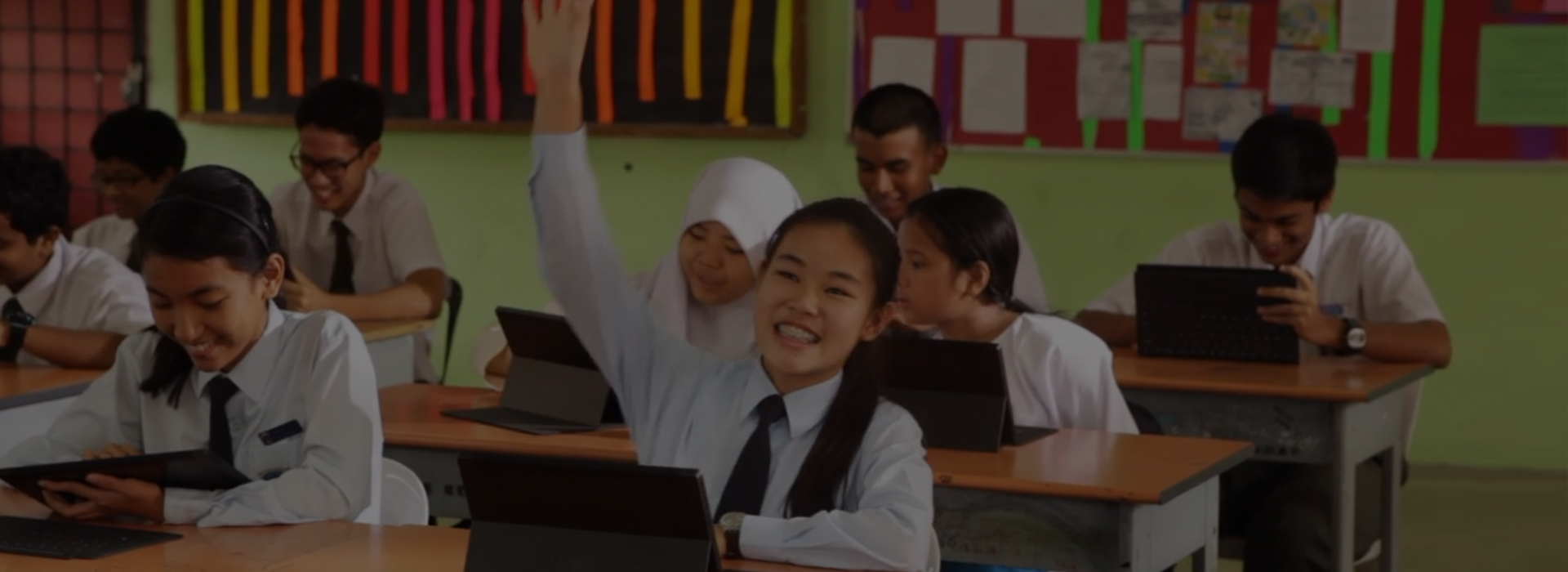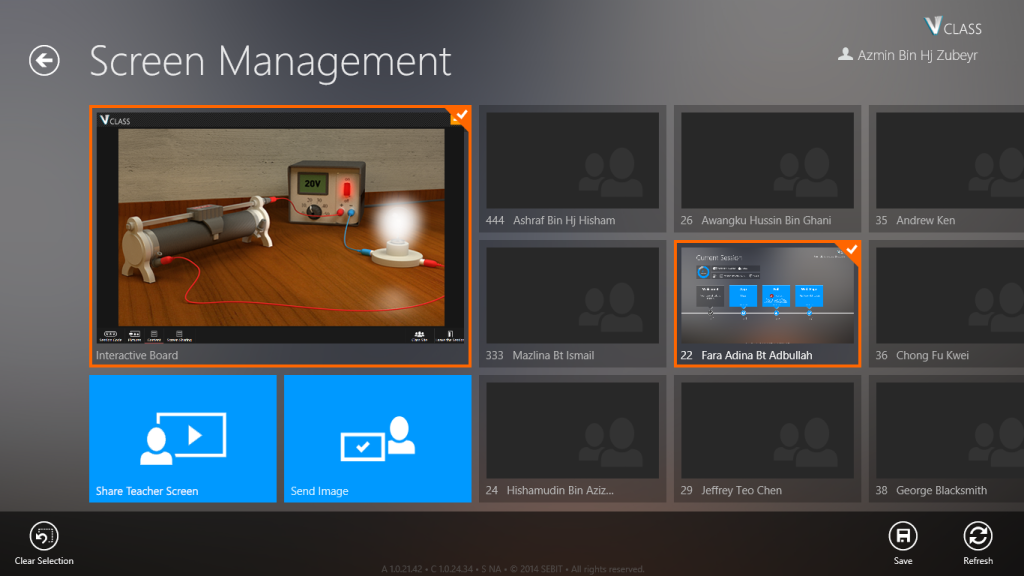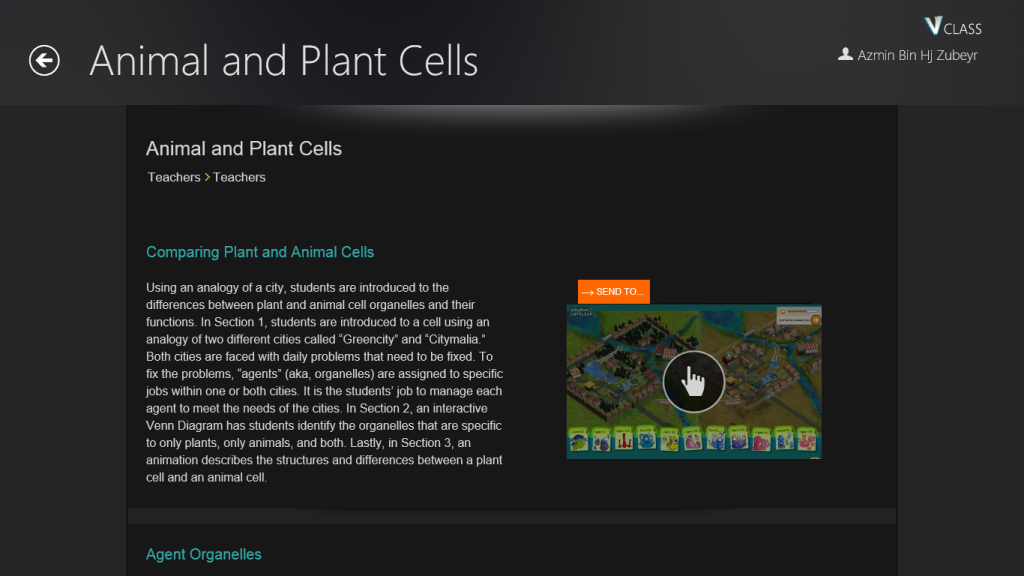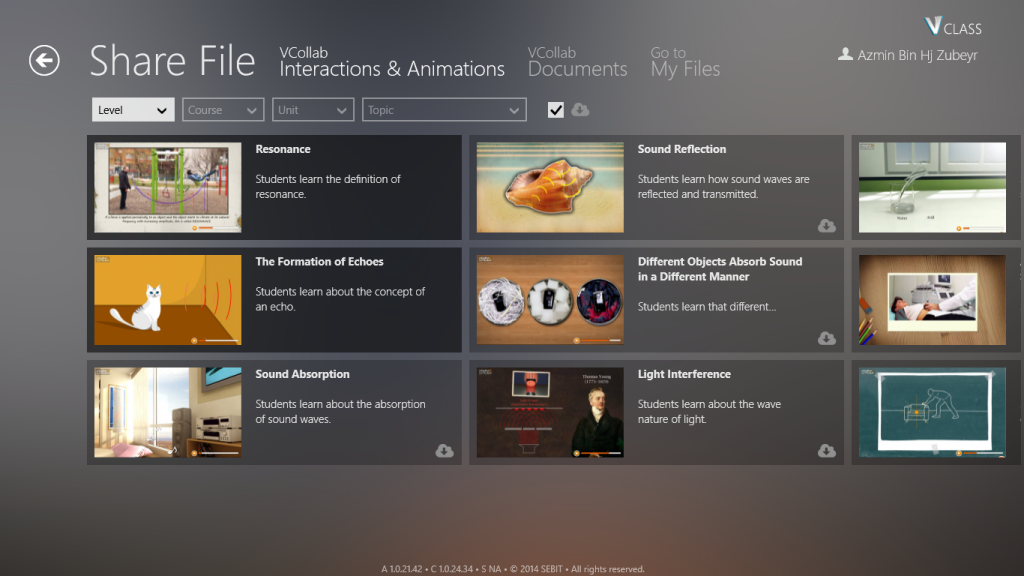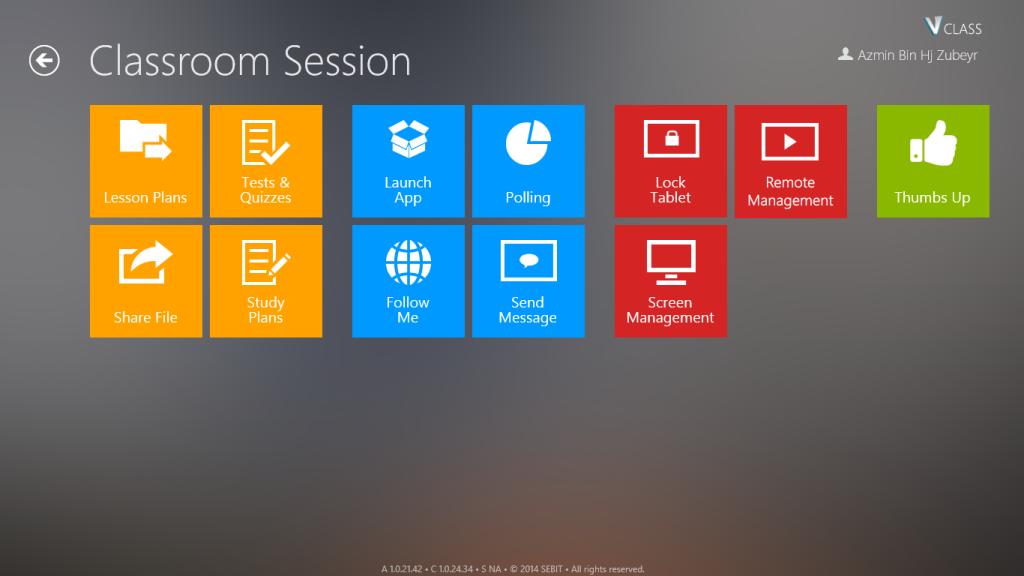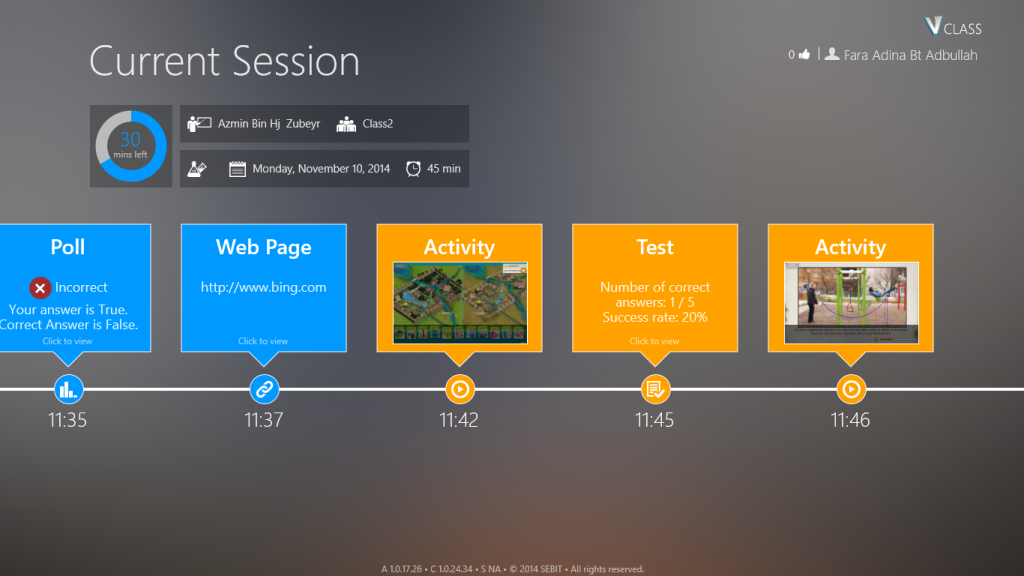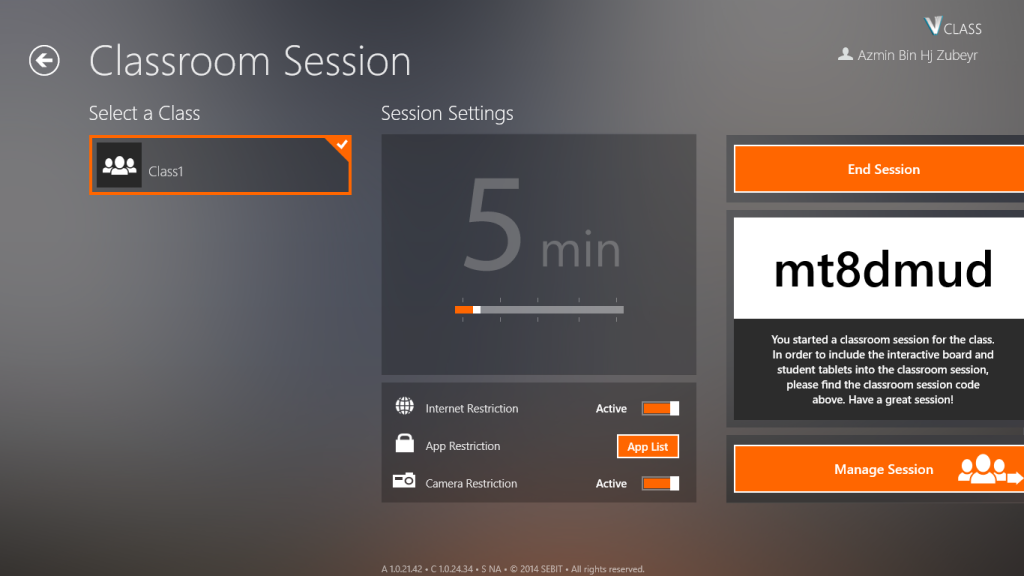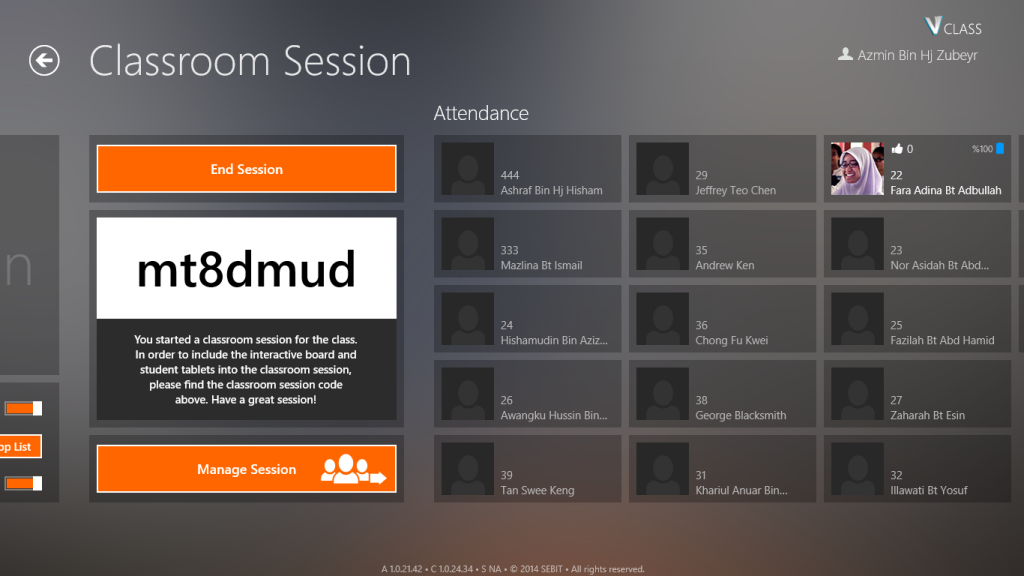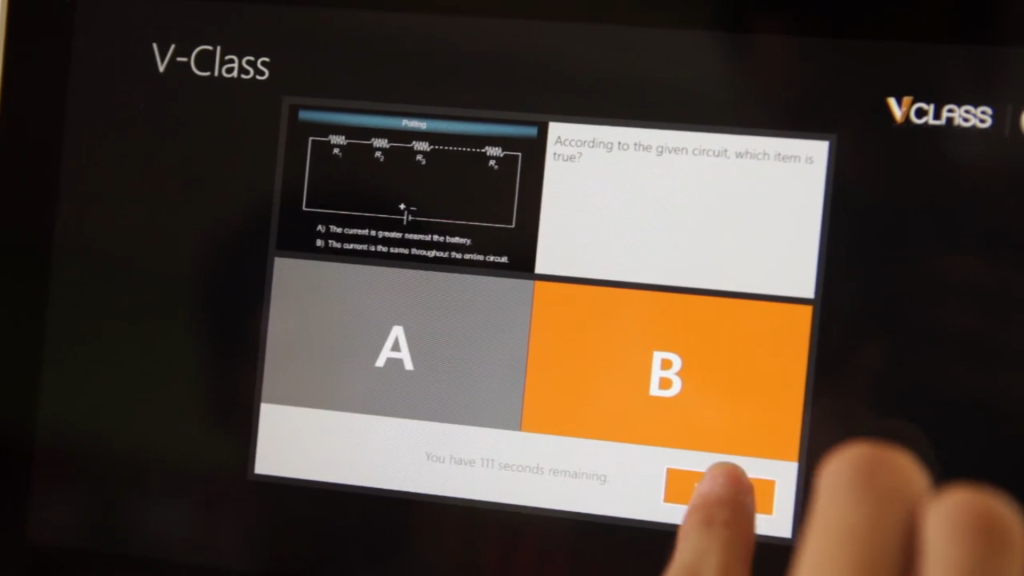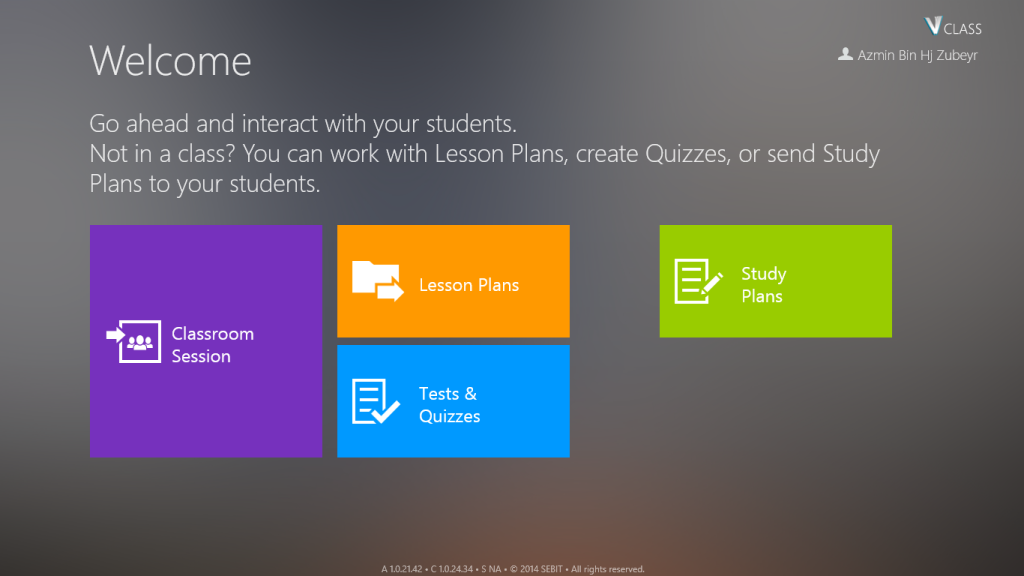Project Definition
Project Name: Microsoft E-Learning Solution for Malaysia Ministry of Education
Role: Lead UX/UI Designer
Tools Used: Figma, Sketch, InVision, UserTesting
Summary:
The project aimed to develop a classroom management and content delivery tool for teachers, integrating Microsoft tablets and interactive smart boards. The solution empowered teachers to manage class sessions digitally, offering control over student devices, lesson plans, and real-time student engagement tools.
Problems and Solutions
Teachers needed a streamlined, centralised platform to manage students’ digital devices, lesson plans, and classroom activities. The challenge was to design an intuitive interface that allowed teachers to control various devices and deliver interactive lessons efficiently, enhancing the learning environment.
User interviews, surveys, and task analysis helped find these key issues:
- Teachers struggled with device management during lessons, slowing the class flow/scenarios.
- Using different applications and complex interfaces from existing tools made it hard for educators to engage students effectively.
- There is a need for real-time control and interaction tools to foster better student engagement.
These insights guided the design towards a solution focused on simplicity and powerful classroom orchestration.
The Approach
Wireframes & Prototypes:
Low-fidelity wireframes focused on device management and class session controls. High-fidelity prototypes included features like student screen sharing, smart board control, and cloud-based lesson plan management.
- Classroom Management: Teachers could lock/unlock student devices, view their screens, and manage apps remotely.
- Real-Time Engagement: Features like polls, quizzes, and screen sharing allowed teachers to interact dynamically with students.
- Content Delivery: Lesson plans stored on the cloud could be deployed seamlessly to student devices and smart boards.
UI Design:
The design adhered to Microsoft’s aesthetic principles, ensuring a clean, professional interface. Colour schemes and visual indicators simplified complex workflows.
With the new application teachers can:
- Take attendance
- Lock/unlock student tablets and activate/inactivate applications installed on student tablets.
- View and manage student screens, including the ability to send any screen to other students or an interactive smart board.
- Implement lesson plans (created and stored on the cloud)
- Send students learning objects to consume during the class session
- Direct students to certain web pages
- Administer tests and quizzes
- Remotely control the interactive smart board in the class session
- Send/assign homework via the smart board.
- Create polls and receive results in real-time
Usability Testing
We conducted in-person user testing with teachers to evaluate the platform’s usability. The feedback helped refine features such as real-time control, content sharing, and student monitoring, ensuring a smoother classroom experience.
Impacts
- Increased Engagement: The tool increased classroom engagement, as teachers could interact dynamically with students.
- Improved Lesson Management: Teachers stated reduced time spent managing devices, allowing for more focused teaching.
- Higher User Satisfaction: Post-launch feedback indicated satisfaction with the ease of managing digital devices and lesson/content delivery.
